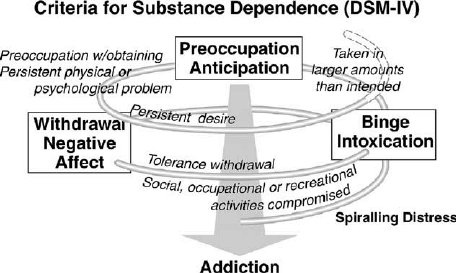Both of these substance use disorders are maladpative patterns of substance use, leading to clinically significant impairment/distress but defined by separate criteria. Substance abuse ≥1 of the following occurring within a 12 month period: Mnemonic: 4 Rs Role failure: Recurrent use resulting in failure to fulfill role obligation Risky behavior:…
Author: Epomedicine
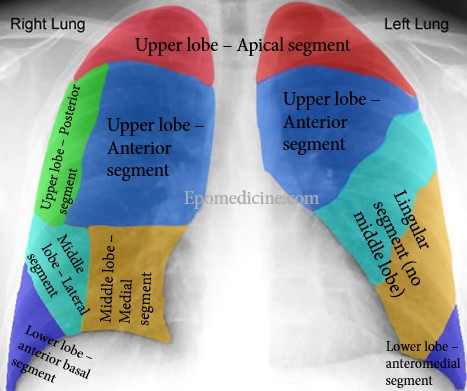
Silhouette and Cervico-thoracic sign
Synonyms: Obscured margin sign, Loss of outline sign Silhouette refers to the shadow and derived it’s origin from shadow papercuts done by Etienne de Silhouette. Principle of Silhouette sign On a normal Chest X-ray the well-defined borders of the heart and the domes of the diaphragm are visualised because the adjacent…
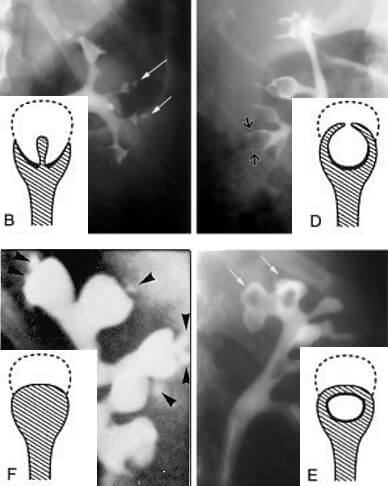
Ball-on-Tee, Lobster Claw and Signet Ring Sign – Renal papillary necrosis
Synonym: Necrotizing papillitis In renal papillary necrosis, part or all of necrotic renal papilla sloughs and may fall into the pelvicalyceal system, which may remain there (and get calcified) or may be voided down the ureter (often causing obstruction). The renal medulla and papillae are vulnerable to ischemic necrosis because…
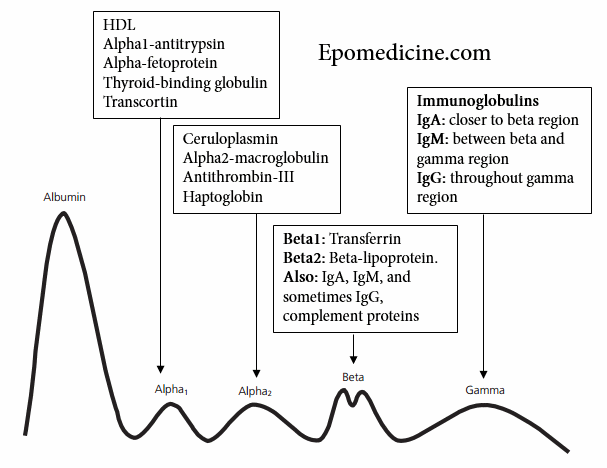
M-spike
Synonyms: Monoclonal spike, M-protein spike, Monoclonal band, Monoclonal gammopathy Tests showing M-spike Serum Protein Electrophoresis (SPEP) Urine Protein Electrophoresis (UPEP) Normal SPEP or UPEP Electrophoresis is a method of separating proteins based on their physical properties. Albumin – the largest peak, lies closest to the positive electrode and the next five…
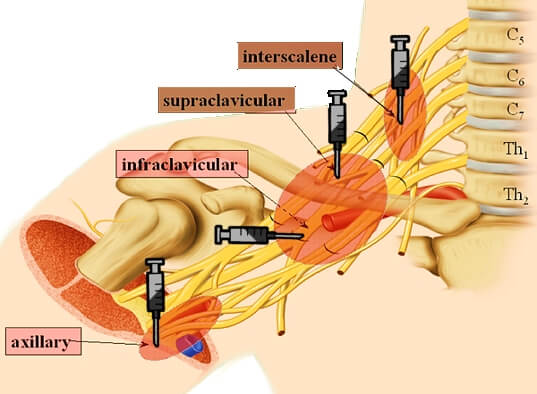
Brachial Plexus Block Made Easy
Brachial plexus is sub-divided from proximal to distal into: Roots, Trunks, Divisions, Cords, Branches. This can be easily remembered with a mnemonic: Randy Travis Drinks Cold Beer. Approaches for Brachial Plexus Block Basically, there are 4 approaches to the brachial plexus block at different levels as described in the mnemonic…
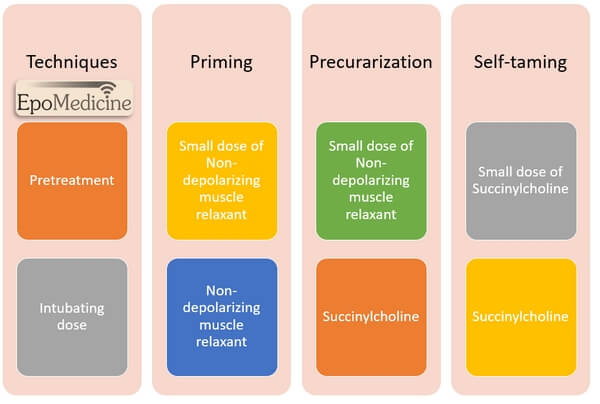
Priming, Precurarization and Self taming
Priming Administration of a small sub-paralyzing dose of non-depolarizing muscular blocking agent (usually 10% of the intubating dose) is given 2-4 minutes before administering a 2nd large dose for tracheal intubation to accelerate the onset of non-depolarizing NM blockade by 30-60 seconds. Mechanism and Concept of Priming 2 theories have…
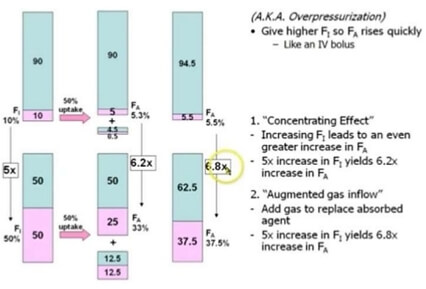
Concentration effect, Second gas effect and Diffusion hypoxia
Concentration effect The higher the concentration of an inhaled anesthetic, the faster the alveolar concentration approaches the inhaled concentration. This is referred to as concentration effect and is clinically significant only in cases where gases are administered in high concentration: Nitrous oxide Xenon Ostwald’s blood gas solubility coefficient: ratio of…
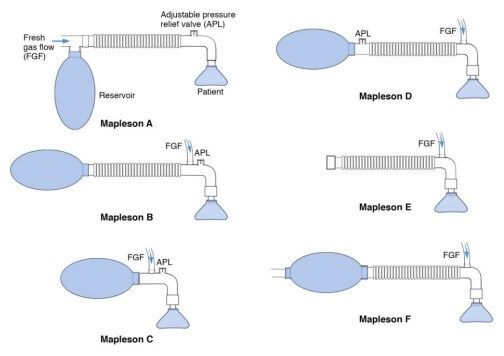
Mapleson Breathing Circuit Made Easy
Anatomy of Mapleson Breathing Circuit Basically, a mapleson breathing circuit consists of following parts: 1. Face mask (towards patient end) 2. Reservoir bag (towards operator end) Accommodates fresh gas flow during expiration acting as a reservoir available for the following inspiration. Acts as a monitor of patient’s ventilatory pattern during…
